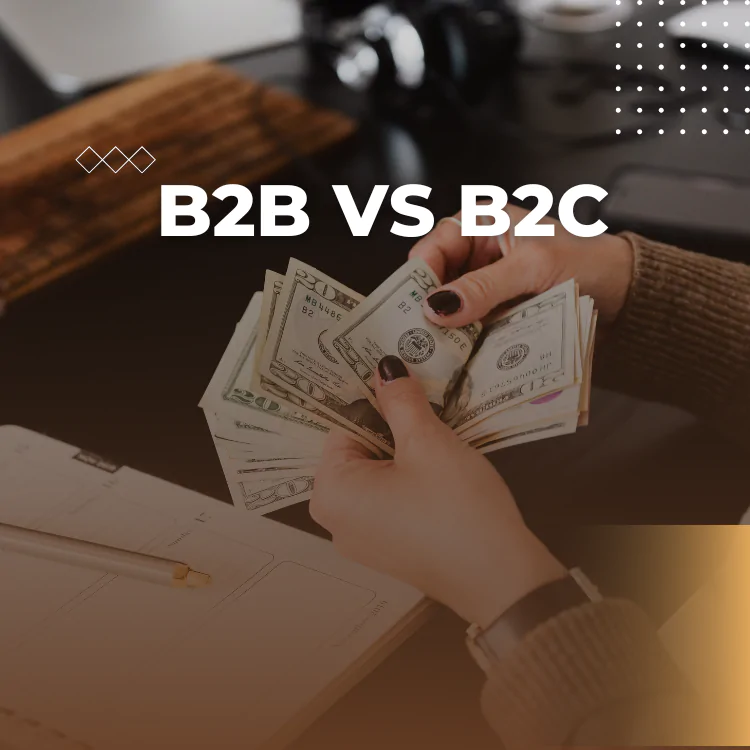If you’re starting a business or uncertain who your best target customer is, understanding the difference between B2B and B2C is important. Since we work on packaging solutions for so many companies in this situation, we thought we’d put a spotlight on the most important things to understand.
What Are B2B and B2C?
B2B stands for business-to-business. B2C stands for business-to-consumer.
A B2B sells its products or services to other businesses.
A B2C sells its products or services to individual consumers.
Naturally, some companies do both. For example, a plumber might solicit business from individual homeowners and local companies; a food processor might ship direct-to-consumer charcuterie boards and offer corporate catering services.
The 3 Most Important Differences Between B2B and B2C
- The B2B sales cycle is often, but not always, longer. Companies tend to have several people involved in decision-making and require considerable time to analyze how a particular product or service will affect their overall business. A homeowner, in contrast, can often make a buying decision on-the-spot. B2B and B2C sales require the same amount of preparation, organization, and persuasion — but a longer sales cycle affects cash flow, price points, and other factors that influence net profit.
- Effective marketing channels differ considerably. In another post we’ll dive into this topic in detail. The major takeaway, however, is this: social media can work wonders for B2Cs, but is rarely effective for small or midsize B2Cs. As always, there are exceptions, but many a B2B has gotten sidetracked (and nearly derailed) by an unproductive social media campaign.
- It may sound odd, but B2B often requires more of a personal touch than B2C. The reason for this is simple: Digital communication has really taken over in the B2C market, as most customers much prefer email, text, websites, and mobile apps over (gasp) talking to a salesperson on the phone or (double gasp) meeting one of these creatures face-to-face. In contrast, B2B customers, while also heavy users of digital communication, often demand personal engagement to build business relationships and work through complex issues.
Should We Go After Business and Consumer Customers?
Provided you can do so and still meet the three varying needs outlined above, it makes sense to explore selling opportunities in the B2B and B2C markets. Over the years we have had several customers who thought they had a terrific offering for consumers — only to find out businesses were the ones that really wanted it. Better to test than to have guessed!
In the long term, serving both markets can become problematic if B2B customers perceive you as mainly a B2C company, and/or vice versa. However, this a good problem to have if you have earned significant market share in both areas. Companies deal with this perception problem by divisionalizing the business, creating separate brands for industrial and consumer products, and similar strategies. Salazar Packaging frequently works with companies looking for custom product packaging designs that help accomplish the B2B-B2C separation we’re discussing.
If you’d like to talk over how you can use packaging design to penetrate the B2B and/or B2C market more effectively, please call us at 630-551-1700 or contact us through the website. We’re eager to hear what’s on your mind!
Related Posts:
https://www.salazarpackaging.com/e-commerce-outlook/
https://www.salazarpackaging.com/what-is-the-true-cost-of-a-dtc-shipping-box/
https://www.salazarpackaging.com/taking-your-e-commerce-box-from-good-to-great/



